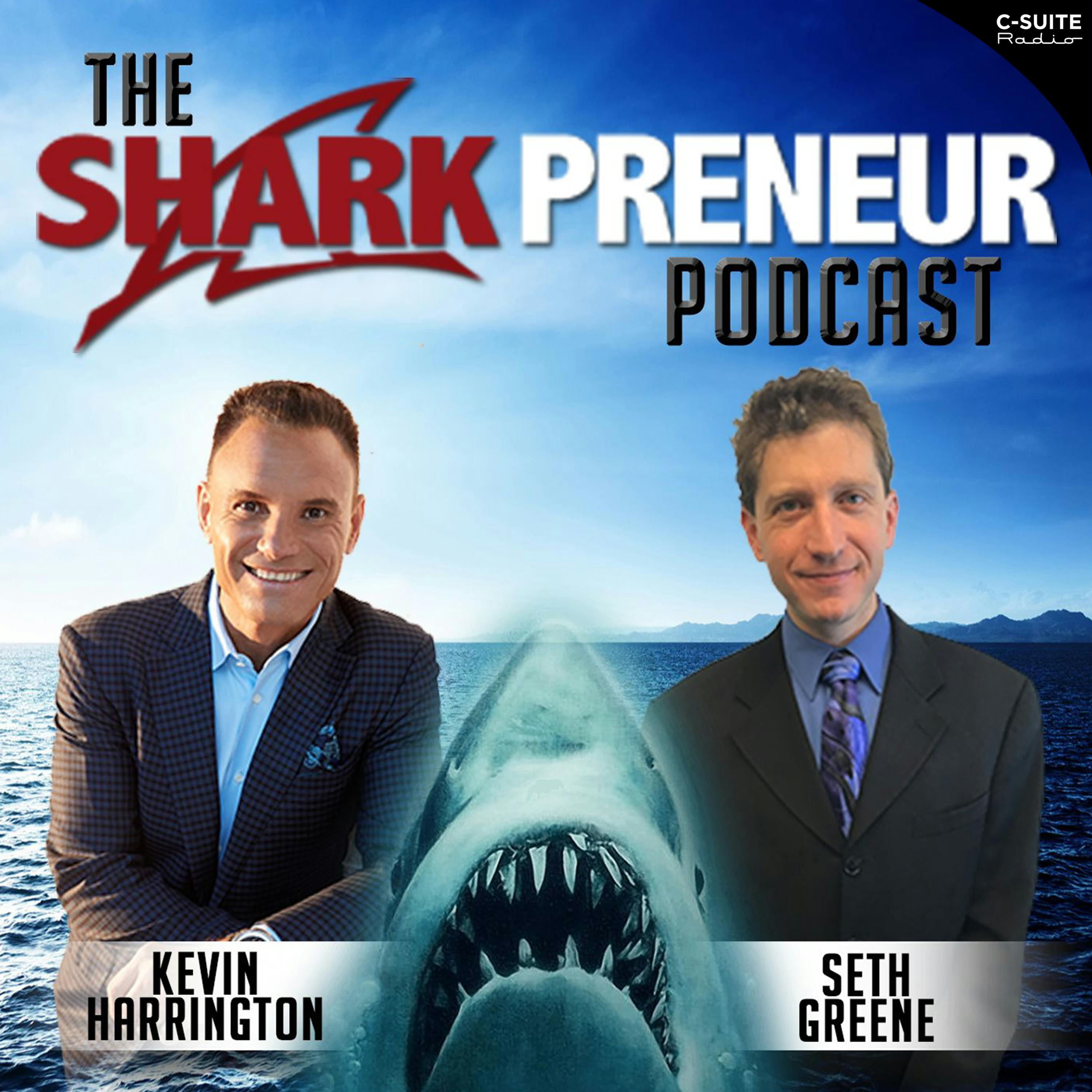Pay to Play: The NCAA’s Big Payout Era Begins
What the House v. NCAA settlement means for college athlete compensation
The episode breaks down the House v. NCAA settlement that allocates roughly $2.8 billion in back damages and authorizes each Division I school to distribute up to $20.5 million annually to current athletes. Guests explain how schools can divide that revenue among teams, why football and men’s basketball are expected to capture most funds, and how this changes the landscape for name, image, and likeness (NIL) deals and internal university payouts.
How schools will allocate NCAA NIL payouts and revenue share
Allocation rules allow schools broad discretion to distribute the $20.5 million cap within their rosters, with actuarial formulas and internal recruiting priorities shaping real-world outcomes. Expect roughly 60–70% going to football, 10–15% to men’s basketball, and much smaller shares to other sports—unless legally challenged.
Clearinghouse oversight and booster deal scrutiny
The settlement creates a centralized clearinghouse that scrutinizes booster and collective NIL agreements for fair market value. Legitimate corporate endorsements like national sponsors are subject to reporting but fewer restrictions. If a booster deal looks like a salary end-run, arbitrators can reject it.
Title IX, antitrust risk, and legal aftershocks
Listeners will learn why Title IX lawsuits are likely, given disproportionate payouts favoring male revenue sports, and why antitrust and employment litigation may continue to reshape compensation rules. The settlement resolves some claims but leaves many legal pathways open.
Practical consequences: transparency, cuts to Olympic sports, and recruiting shifts
- Public disclosure of individual athlete payouts is not required, creating continued opacity despite internal reporting to third parties.
- Smaller schools face tough budget choices; dozens of non-revenue Olympic sports rosters already have been cut.
- Recruiting dynamics will shift toward programs that can fully leverage the $20.5M, potentially widening competitive gaps.
This episode is essential listening for anyone tracking the evolving intersection of college athletics, law, and finance—from booster groups to athletic directors, athletes, and policy watchers. It explains practical mechanics, unresolved legal exposure, and plausible futures ranging from expanded disclosure rules to university sports spinning off to for-profit models.




